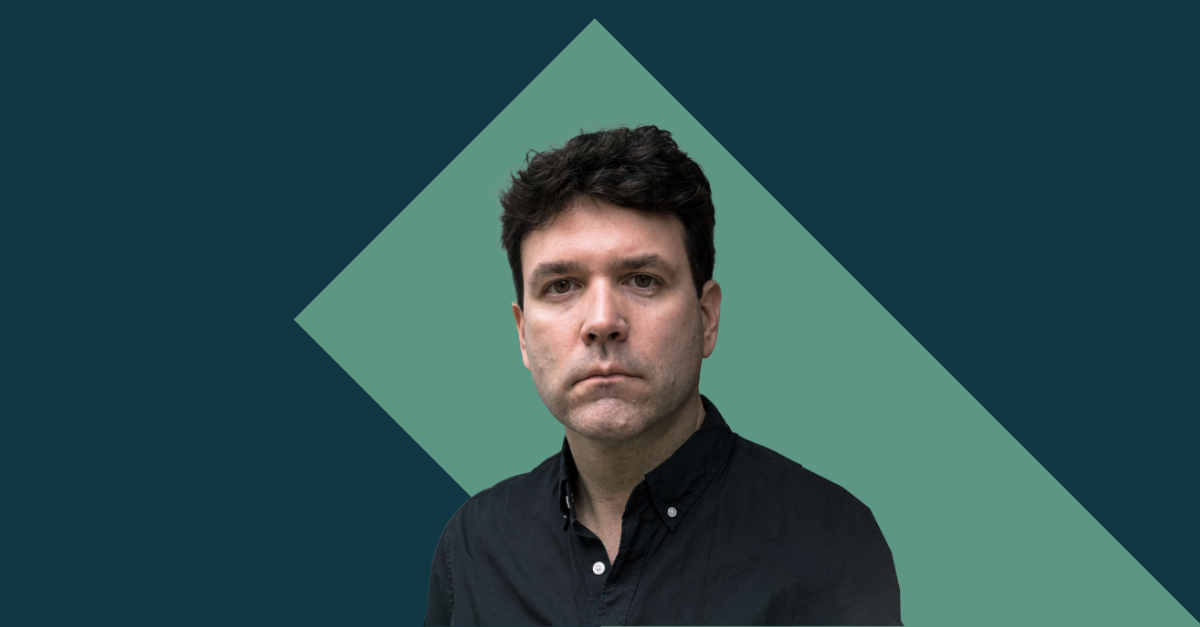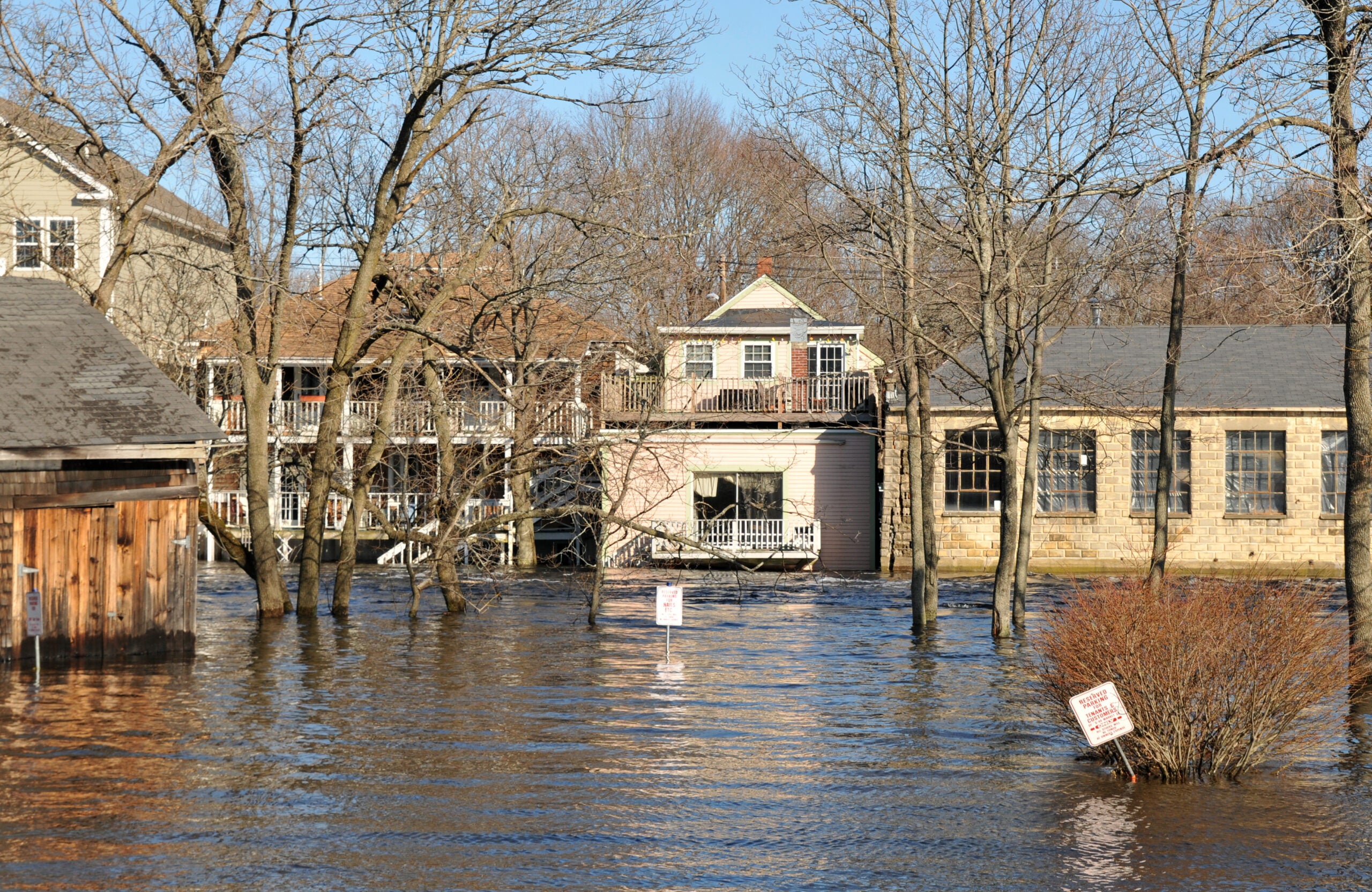Q&A with James Shea

We’re excited to welcome the Neafsey Lab’s poet-in-residence James Shea to the Department of Immunology and Infectious Diseases (IID)! To get to know him better, we asked him a few questions about his work and time writing around the world.
From residencies in Ljubljana, Slovenia and Chicago, an MFA from the Iowa Writers’ Workshop, to teaching in Hong Kong, what’s something you’ve learned from working in such different places around the world?
One thing I’ve observed over the years is the way that places overlap and inform each other, often in historical but also in personal ways. A few years ago, for example, I did a research project on creative writing pedagogy during the Cold War and saw the outsized influence of Iowa’s writing program on workshops in Hong Kong. Similarly, Nieh Hualing Engle, the former director of the International Writing Program at the University of Iowa who recently passed away, had strong ties to Hong Kong writers and encouraged them to join the program, especially during its early years. More and more, I’ve come to regard the places I’ve lived as interconnected, rather than as separate from each other.
Where do you begin the translation process when working on books with languages using completely different alphabets, like your work with Sayumi Kamakura on her poetry book Applause for a Cloud, which was originally in Japanese?
I’ve been working with Japanese since the late nineties, and I’ve been translating Sayumi Kamakura’s haiku for the past twenty years or so. The Japanese writing system has three scripts: hiragana, katakana, and kanji. You just get used to them, but one of the first things that may strike a reader of Japanese haiku is that each poem is usually published in a single vertical line, whereas English translations of haiku are typically in tercets. I’ve gone back and forth on the best way to render haiku in English, and I’ve used single-line translations in the past—for instance, with the haiku that appear in Masaoka Shiki’s essay “Haiku on Shit.” But for this new collection by Kamakura, I used tercets partly because the Japanese and English translations would be on facing pages, so the reader can see both versions side by side.
What kind of classes do you teach as associate professor and director of the creative writing program at Hong Kong Baptist University? What are the biggest challenges your students run into?
I teach in a bilingual creative writing program—it may be the only Chinese and English creative writing program in the world. One of my favorite courses is an English poetry writing workshop in which I invite students to apply their knowledge of Chinese. Hong Kong students are often told to leave their Chinese at the door when they enter an English-language course, but at times, I like to provide them ways of writing poems in English by incorporating various forms of self-translation or other writing activities that use Chinese, such as translating the English meaning of radicals found in Chinese characters. My students can be quite intimidated at the prospect of writing poems in English, but this openness to their dominant language makes writing more approachable for them.
What plans do you have for your residency in the Neafsey Lab at Harvard Chan School?
I’ve been meeting with colleagues in the lab and across the department, learning about both their work and their methods. I’ve been struck by how they approach their research in a spirit similar to writing poems: that is, going with a hunch, being open to critique, remaining at ease with a partial understanding. For instance, although I had assumed scientists write up their results with a fixed conclusion in mind, it turns out their findings can be a matter of give and take with co-authors, and may emerge partly from the writing process itself. I’m also looking forward to leading a haiku writing workshop in April that’s open to colleagues and students, and I’ve been working on a digital writing tool based on genetic mutation rates and forward simulation.
What advice would you give to students or aspiring writers interested in pursuing a career in creative writing?
Aside from reading voraciously, I’d suggest that young writers look for connections across the various things they do. T.S. Eliot once said poets are always trying to combine their seemingly variegated experiences, and that certainly resonates with me, including my time here at the Neafsey lab: “When a poet’s mind is perfectly equipped for its work, it is constantly amalgamating disparate experience; the ordinary man’s experience is chaotic, irregular, fragmentary. The latter falls in love, or reads Spinoza, and these two experiences have nothing to do with each other, or with the noise of the typewriter or the smell of cooking; in the mind of the poet these experiences are always forming new wholes.”


